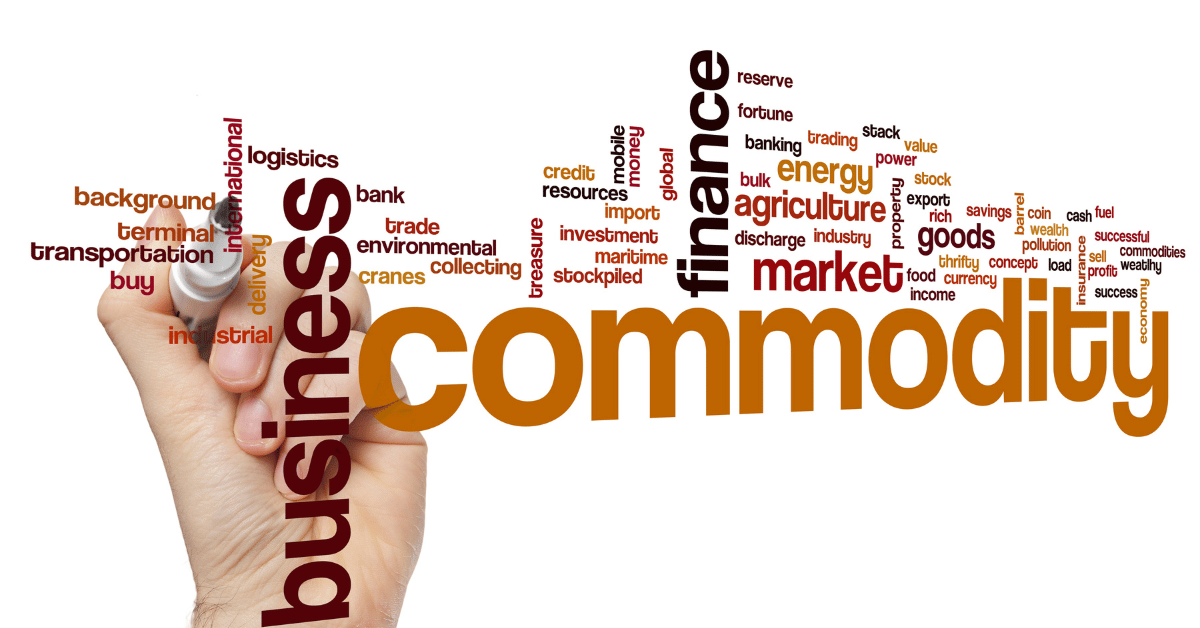Commodity trading has long been an important part of India’s economic landscape, inextricably linked to the country’s history, culture, and trade. From the vibrant bazaars of antiquity to today’s advanced electronic trading platforms, India has traveled a remarkable path in the world of commodities. Looking ahead, the landscape of commodity trading in India is expected to change dramatically, owing to technological advancements, growing market dynamics, and shifting global trends. In this blog, we will look at the potential future of commodity trading in India, including the opportunities, challenges, and factors influencing its direction.
The Development of Commodity Trading in India

India has a long history of trading commodities, going all the way back to the Silk Route period, when goods like textiles, spices, and other items were exchanged. The creation of official exchanges, like the Bombay Cotton Trade Association in 1875, which set the groundwork for organized commodity trading, has led to the evolution of the nation’s commodity markets over the ages. Other exchanges that offered a wide variety of commodities for trading developed in the decades that followed, such as the National Commodity & Derivatives Exchange (NCDEX) and the Multi Commodity Exchange (MCX).
Technology has completely changed the commodity trading landscape in India. Electronic platforms allow for faster, more effective transactions and increased participation from a larger pool of investors. Commodity markets are now more easily accessible to traders across the country thanks to the development of online trading platforms, mobile apps, and algorithmic trading.
Opportunities for Commodity Trading in the Future

With a number of exciting opportunities, commodity trading in India has a bright future. These include:
1. Technological Innovation: The management of commodities is about to experience a historic shift thanks to developments in big data analytics, blockchain technology, and artificial intelligence (AI). By improving market integrity and investor confidence, these technologies are expected to bring about increased transparency, efficiency, and risk management functions.
2. Market Expansion: Growing commodity trading volumes and variety of products are possible due to India’s quickly developing economy and expanding incorporation into international supply chains. Due to opportunities for both domestic and international trade, industries like agriculture, energy, metals, and gold are expected to grow.
3. Institutional Participation: Due to the requirement of portfolio diversification and inflation insurance, institutional investors—such as mutual funds, insurance companies, and pension funds—are expected to become more involved in the commodity markets. This institutional capital inflow may increase the commodity markets’ stability and liquidity.
4. Regulatory Reforms: To create an atmosphere that is favorable to commodity trading, ongoing regulatory reforms that guarantee investor protection, improve market infrastructure, and simplify trading procedures are crucial. Increased investor confidence and participation will result from clearer regulations regarding taxation, margin requirements, and products.
Commodity Trading’s Future Trends
The future course of commodity trading in India is expected to be affected by a number of major trends:
1. Sustainable Investing: The demand for sustainable investing methods in commodity markets is being inspired by a growing awareness of environmental, social, and governance (ESG) factors. It is expected that as consumer preferences and regulatory requirements change, investments in fair trade commodities, organic agriculture, and renewable energy will increase.
2. Digital Transformation: Trade execution, settlement, and post-trade operations in the commodity trading industry will all see an increase in the speed of this transformation. Certain benefits of blockchain technology include decreased fraud and increased market participant trust, as well as improved efficiency, traceability, and transparency during commodity supply chains.
3. Globalization and Trade Development: As trade agreements, regional economic structures, and technological advancements enable India’s deeper entry into international markets, commodity trading patterns will change. Increased accessibility to global markets offers benefits such as portfolio diversification, negotiation, and new product and trading partner opportunities.
4. Data Commoditization: As a result of the growing popularity of digital platforms, Internet of Things (IoT) devices, and data analytics tools to produce large amounts of useful market data, data has become a valuable commodity in and of itself. Using machine learning and data analytics for trading strategies, market forecasting, and predictive insights will be crucial for gaining a competitive advantage in commodities markets.
Challenges

1. Price Unpredictability: Commodity markets are more likely to price fluctuation due to a variety of factors such as supply-demand dynamics, geopolitical events, and economic conditions. Managing price risk remains an important task for traders, leading to effective risk management strategies and protecting tools.
2. Infrastructure Limits: A lack of infrastructure, such as storage facilities, transportation networks, and market infrastructure, may affect the smooth operation of commodity markets. Managing these infrastructure gaps is critical to lowering transaction costs, minimizing waste, and improving market efficiency.
3. Regulatory Unpredictability: Frequent policy changes, inconsistent regulation, and overlapping jurisdiction can all have a negative impact on investor confidence and market development. A stable and predictable regulatory framework is required to promote long-term growth and stability in commodity trading.
4. Technological Risks: While technological innovations have the potential to transform society, they also introduce new risks such as cyber threats, system failures, and algorithmic trading flaws. To protect market integrity and investor interests, strong cybersecurity safeguards, effective risk management protocols, and regulatory oversight are required.
At Last We Can Say That
The future of commodity trading in India is ready for growth, innovation, and market expansion. Technological advancements, regulatory reforms, and shifting consumer preferences have transformed the commodity market landscape, opening up new opportunities for investors, traders, and participants.
But in order to fully realize the potential of commodity trading in India, issues like infrastructure limitations, regulatory uncertainty, and price fluctuation must be resolved. India can establish itself as a major center for commodity trading in the international market, propelling economic growth and prosperity for years to come, by embracing innovation, encouraging cooperation, and implementing sustainable practices.
Also Read: How to Start Online Gold and Silver Trading | A Beginner’s Guide





